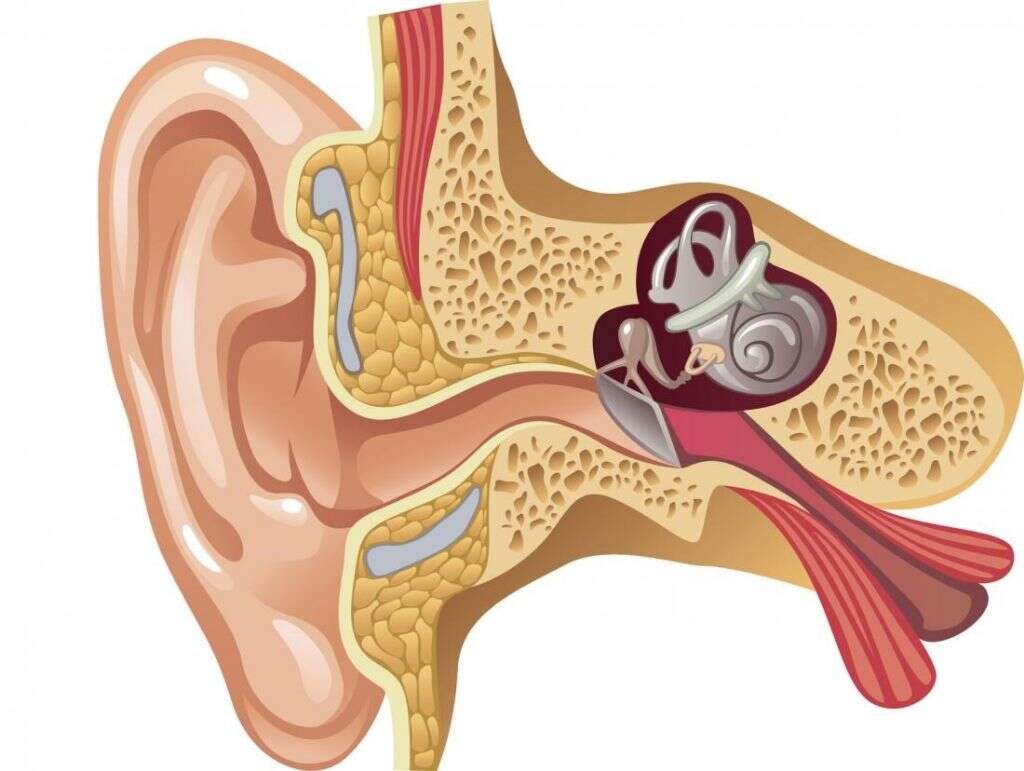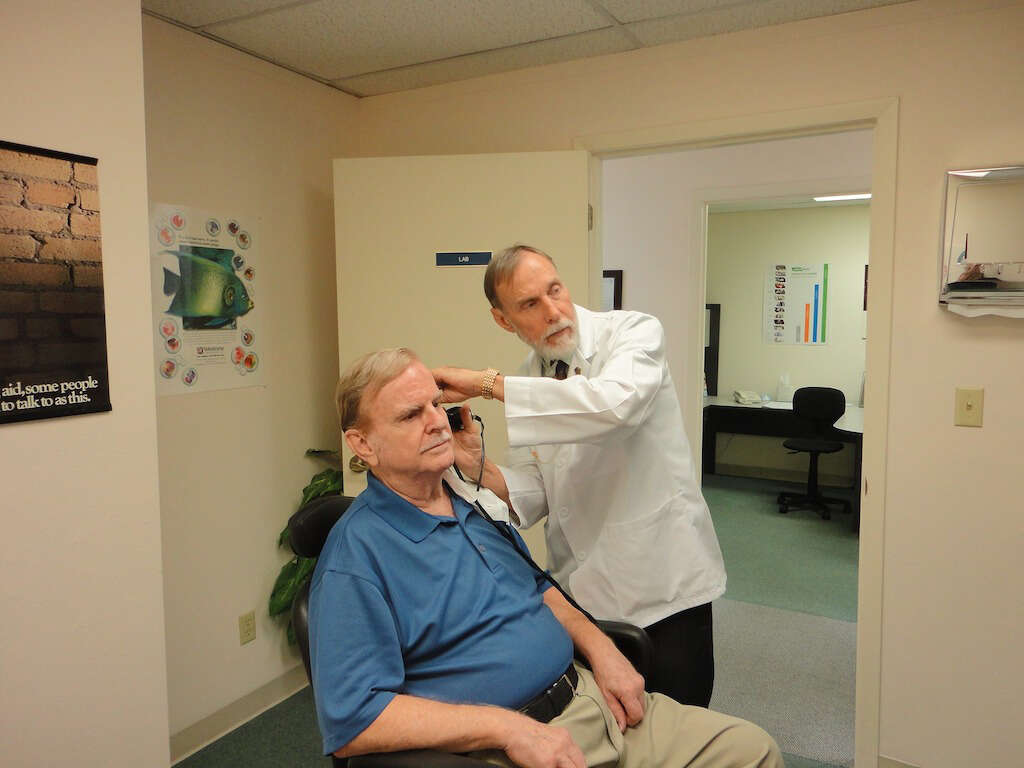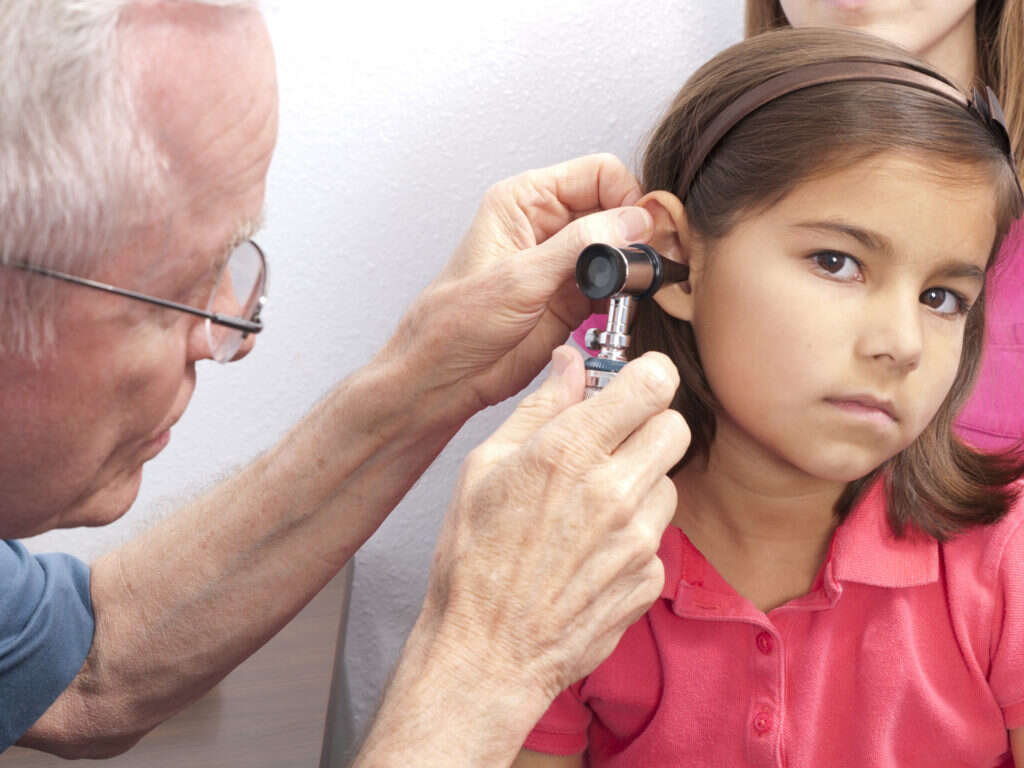What Is a Middle Ear Infection?
Our ears are located deep inside our Skull. Despite that, fluids need to be drained and the air inside the ear needs to be the same pressure as the air outside of the skull. This is achieved with the help of the eustachian tubes, which have an opening at the back of the mouth near the nose. These tubes can sometimes become blocked, and this can cause problems.
One of the most common reasons for the eustachian tubes becoming blocked is swollen adenoids. The adenoids are small glands that form a part of the immune system. They are located at the back of the mouth close to the opening of the eustachian tubes. If these tubes do become blocked then it could result in an inner infection.

1. Acute Otitis Media
An inner ear infection is known technically as acute otitis media. The condition means that the cavity in the ear that’s located behind the eardrum is infected. It is a condition that is well known for causing pain, as well as a number of other rather unwelcome symptoms.
Inner ear infections tend to affect children but they can be found in people of all ages. Although they can be unpleasant, they are rarely dangerous and the patient will usually make a complete recovery. However, it is still a good idea to speak with a doctor because inner ear infections will be dangerous in a small number of cases.

2. Causes
As mentioned, inner infections are often caused after the eustachian tubes become blocked. This can cause fluids to begin to accumulate in the tubes and this might enable pathogens to proliferate. Such infections can be caused by viruses or bacteria, and the pathogens involved are often those that cause other diseases.
The swelling of the adenoids often responsible for blocked eustachian tubes is sometimes caused by allergies. It can also be caused by other diseases like the flu or the common cold. Indeed, many cases of an inner ear infection will occur when the patient has a respiratory disease of sorts.

3. Symptoms In Children
The symptoms of an inner ear infection are likely to develop rapidly. Patients with an infection will typically experience a pain in their ear and it is likely to be worse when the patient is lying down. Young children are likely to pull and tug on the ear that is bothering them, and the pain can cause them sleepless nights.
The patient can also be more irritable than usual and they may also cry more than they usually would. They may also have difficulties balancing and they may not respond to sound as well as they usually would. Other potential symptoms include fever, fluids coming from the ear, loss of appetite, and headaches.

4. Symptoms in Adults
Adults are likely to experience fewer symptoms than children, but middle ear infections can still be very uncomfortable for them. For example, adults are also likely to experience the pain that children do. Even for adults the severity of the pain can be unbearable at times.
Other symptoms in adults include difficulty hearing, and fluids draining from the ear. In both children and adults, you should contact a doctor again if the pain is particularly severe. You should also speak with a doctor if there is pus and/or a fluid containing blood draining from the ear. A dangerously high fever should also encourage you to speak with a doctor.

5. Complications
Middle ear infections will cause complications in a small number of cases. This includes the potential of a perforated ear drum. A perforated ear drum will usually heal itself in 3 days or so, but surgery may be needed to repair the damage in some cases. Another potential symptom is that the infection can cause permanent damage to the infected ear.
A damaged ear can mean hearing loss for the patient. When this occurs in children, it may mean that the patient suffers from developmental delays, including speech problems. There is also a chance that the infection can spread to elsewhere in the body, and this can even result in potentially life-threatening conditions like meningitis.

6. Similar Conditions
There are other similar medical conditions that can cause similar symptoms to a middle ear infection. One of these is chronic suppurative otitis media, which means a middle ear infection that treatment is not able to cure. Another similar condition is otitis media with effusion.
Otitis media with effusion means that there is a build-up of fluid ion the ear, and it is not necessarily caused by an infection. There is also chronic otitis media with effusion which means the condition keeps on returning. This latter condition is also not necessarily caused by an infection, but it will make it more likely that an infection will develop.

7. Who’s At Risk
Nobody is completely safe from middle ear infections. However, there are some people who are more at risk than others. This includes children, and those between 6 months and 2 years old are most at risk. This risk is increased in children that stay in care centers and other places where they are going to be around many other children.
Children with a cleft palate are also at greater risk due to abnormalities in the structure of their bones. People that have an Alaskan native heritage are also more at risk. Being exposed to polluted air is another factor, and this includes cigarette smoke. Ear infections are also more likely during seasons when allergies can be triggered and when the weather is cold.

8. Prevention
There is no way to ensure we are completely safe from middle ear infections. However, there are steps that everybody can take to help reduce the likelihood that an infection will occur. One of these is to avoid being in heavily polluted environments, and to avoid exposing children to cigarette smoke.
Make sure to sit your baby up if you are bottle feeding them. Breast feeding would be preferable because a mother’s breast milk contains antibodies that will help keep the baby safe. It is also a good idea to wash your hands regularly, and to get vaccinations that can help protect you from diseases that might cause middle ear infections.

9. Diagnosis
Middle ear infections are relatively common and well known among doctors, and they will often be able to make a diagnosis from the patient’s symptoms alone. However, many doctors will still want to perform tests to help ensure the correct diagnosis. This will often involve the use of a pneumatic otoscope, which will allow the doctor to look inside the patient’s ear.
In some cases, further tests may still be required. This can include the use of equipment that can tell experts information such as how much fluid there is in the inner ear. In the more complicated cases, the patient may need to be referred to a specialist.

10. Treatment
In many cases, no treatment will be deemed necessary and the patient will usually recover fully within 1 or two weeks. The patient is often simply asked to get plenty of rest, especially where a virus is the cause. In some instances where bacteria are the cause, antibiotics may be used to help clear up the infection.
Anesthetic drops may also be used to help clear up bacterial infections. The patient may be prescribed medication that will help soothe pain and other unwelcome symptoms. A warm compress may also help by helping to reduce any pressure building up in the ear.












